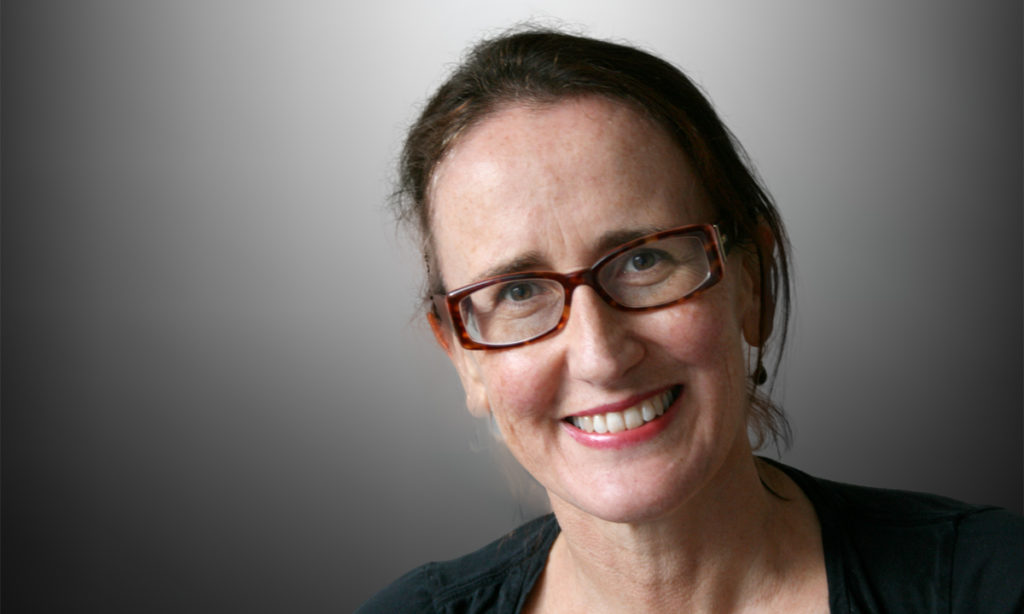IF Australians were becoming complacent about the risks of COVID-19, recent events in Victoria should have made us think again.
With the state now in its second week of lockdown, the consequences of an inadequate quarantine system and bungled vaccine roll-out have become clearer than ever.
The latest outbreak has led to a surge in demand for vaccination, with thousands of Melburnians reportedly turned away due to inadequate supply.
Eagerness to receive the vaccine might be a rare positive side effect of what is otherwise a devastating situation.
Before this outbreak, Australians’ willingness to be vaccinated against COVID-19 had been in decline, according to Australian Bureau of Statistics data released last month.
In April this year, 32% of people were either uncertain or actively against receiving the vaccine, the data show, up from 27% in February.
Some of the Australian complacency is no doubt due to the lower burden of disease here, and widespread publicity about rare side effects of the AstraZeneca vaccine must have played a part in the decline in confidence.
The absence of any kind of effective government information campaign to promote vaccination can’t have helped either.
The Australian numbers appear to buck the international trend, which sees confidence in COVID-19 vaccination increasing elsewhere.
Research published in JAMA last month shows a significant increase in willingness to be vaccinated across US demographic groups (age, race, education level, income).
After increasing across 2020, vaccine hesitancy in the US declined from 46% last October to 35% by the end of March 2021, the researchers found.
The change in political leadership in the US no doubt played a part in that shift, along with the widespread availability of mRNA vaccines that appear less likely to cause side effects than the AstraZeneca vaccine, which is the most widely available option here. I’ve written before about why we were unwise to rely so much on one vaccine.
The US researchers found the largest declines in hesitancy were in Black and Hispanic people (declining by 21 and 16 percentage points respectively). These groups had experienced a disproportionate burden of severe illness but had also started with higher rates of hesitancy (64% and 52% respectively).
None of this is cause for complacency, the researchers suggest.
“Despite these gains, in March 2021 estimates of vaccine hesitancy remained high, especially among young adults and Black and low socioeconomic status participants,” they write.
“Further steps are needed to build public trust, extend outreach and educational programs, and increase vaccination opportunities to ensure high levels of vaccination uptake.”
If that’s true in the US, it’s even more the case in Australia, where only 2% of people have been fully vaccinated.
The failure to ensure availability of the vaccine for everybody who wants it has put us in a “precarious position”, MJA editor-in chief Nick Talley argued last week in a co-authored article in the Sydney Morning Herald and in today’s InSight+.
“If Australians don’t get vaccinated soon, we may succumb to a massive wave of COVID-19 we won’t be able to stop,” he wrote.
“Until most Australians are vaccinated, our country will be in constant danger of an uncontrollable outbreak. Regular lockdowns will continue and the livelihoods of many Australians will be harmed.”
Most devastating of all the failures is the delay in rolling out vaccination to protect vulnerable groups such as residents in disability or aged care.
It’s beyond belief that the federal Department of Health was apparently unable last week to even confirm how many aged care workers had been vaccinated.
Disappointed by the absence of those numbers, Australian Medical Association president Dr Omar Khorshid last week called on the federal government to commit to vaccinating all aged care residents and workers by the end of June.
Frankly, that’s the least they could do. It’s well past time the government took responsibility for the appalling situation in aged care.
Federal information for aged care workers circulating on social media platforms last week was Kafkaesque in its incomprehensibility. It certainly didn’t seem designed to help workers get vaccinated.
“Understand if you need to travel to access a second dose it will be in your own time and at your own expense,” one document said.
It is beyond obvious that we should be doing everything we can to make it easy for people who work in aged care to get vaccinated, rather than putting obstacles in their way.
As Dr Khorshid put it: “We should not be forcing aged-care workers – who are generally low-paid – to choose between providing for their families and getting vaccinated. If they are required to attend work on a rostered day off to be vaccinated, they should be paid. If they need time off to visit a GP or vaccination hub, this should be treated as paid leave.”
Australia has so far been relatively fortunate in its experience of COVID-19. Let’s not allow apathy and complacency to squander that advantage.
Jane McCredie is a Sydney-based health and science writer.
The statements or opinions expressed in this article reflect the views of the authors and do not represent the official policy of the AMA, the MJA or InSight+ unless so stated.

 more_vert
more_vert